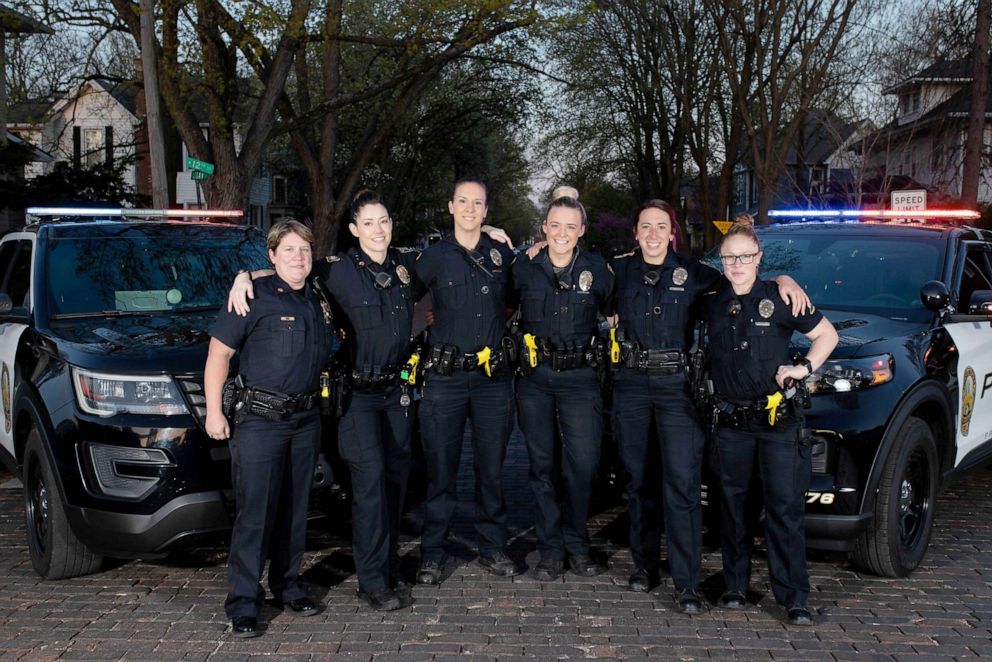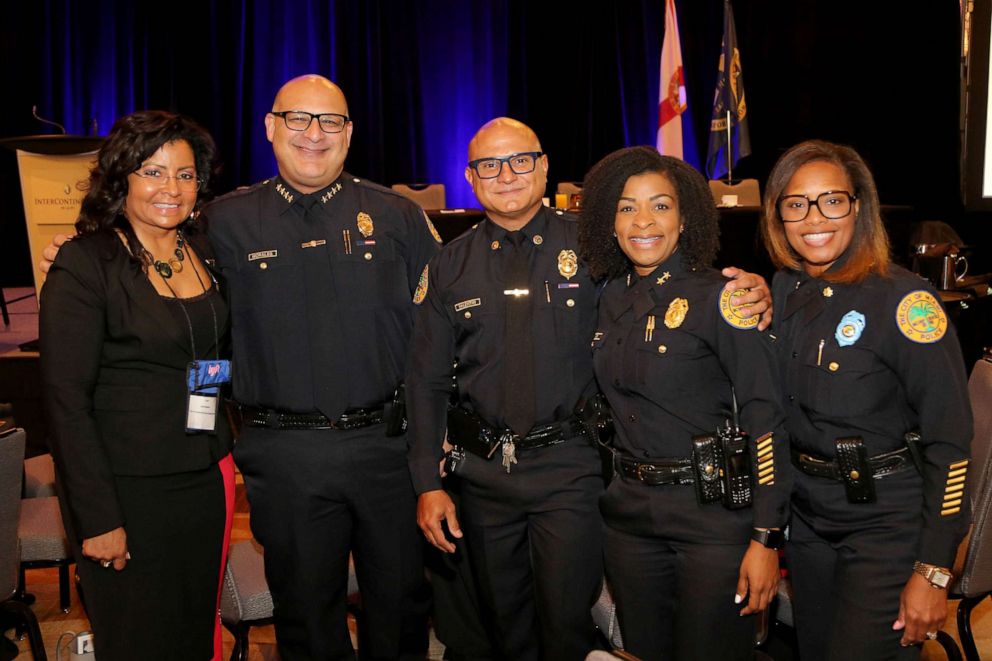Women police chiefs weigh in on rising gun violence in US
'It hits really close to home for us.'
Shannon Trump is a deputy police chief in Noblesville, Indiana, a community that experienced a middle school shooting in 2018 when a teenager shot and injured two people.
“Every time an incident happens nationally, it hits really close to home for us,” she said.
“It makes us work that much harder to get everybody at the table to figure out what we can do, from prevention to outreach to anything we can do afterwards.”
ABC reporter Linsey Davis spoke with Trump and two other female police officers in leadership positions, Lieutenant Jenn Charleston of Springfield, Missouri, and Chief Gina Hawkins, of Fayetteville, North Carolina, to discuss their experience as women on a police force, the ongoing crisis of mass shootings affecting the nation and what sets them apart from their male colleagues.
“I never had a female role model” in the police force, Trump said. “I did not see a female chief.” On a larger level, she added, “you can't trust an agency when you don't see people sitting in the leadership positions that you know.”

The percentage of the police force that are women is growing slowly. In 1987, only 6% of the police force was women, according to the Bureau of Justice Statistics.
The most recently available statistics show that female law enforcement officers make up less than 13% of the police force across the country, according to a 2018 report by the Federal Bureau of investigation and only 3% of leadership positions in law enforcement are held by women, according to the National Association of Women Law Enforcement Executives.
Charleston said when she joined the Springfield police in 2000, there were only 17 female officers total, or 6% of the police force. Now there are 40 female officers, she said.
“When I see another female officer who has gone through the ranks, it gives me that confidence and motivation that I could do that also,” she said.

And yet female police officers have different experiences on the job. Four in 10 female officers think male police officers are treated better, according to a 2017 Pew Research survey.
“I also was critiqued by male supervisors who directly told me ‘I don't think females should be officers,’” said Hawkins.
When asked about what sets them apart from their male colleagues, the women interviewed described their crisis management skills.
While nearly two-thirds of male officers thought being aggressive was “more useful” than being courteous in certain situations, less than half of women agreed, according to a 2017 Pew Research survey.
Additionally, the Pew survey found that only 11% of female police officers had fired their weapon on the job, while 30% of male officers had.
“We want to work as a team,” said Hawkins. “We want to figure out what the problem is and resolve the problem without our egos coming into play.”
In response to the epidemic of gun violence in the country, “one of the initiatives I think is coming out is trying to ensure we have a community public safety awareness,” said Chief Hawkins, “about criteria that can address the root causes like mental health [and] de-escalation.”



